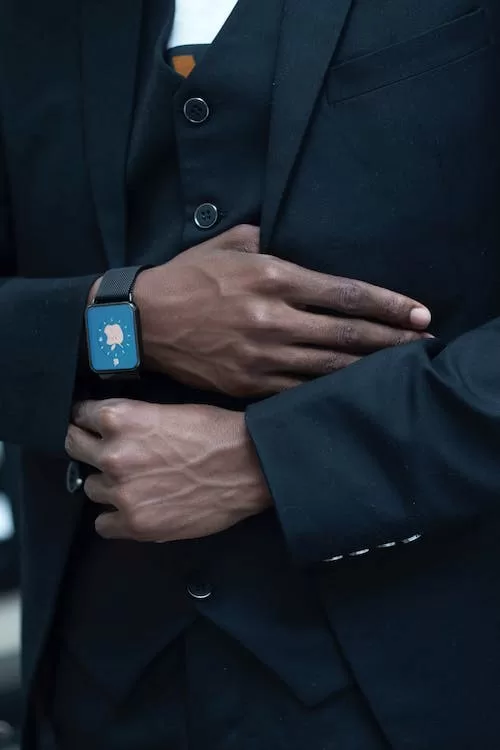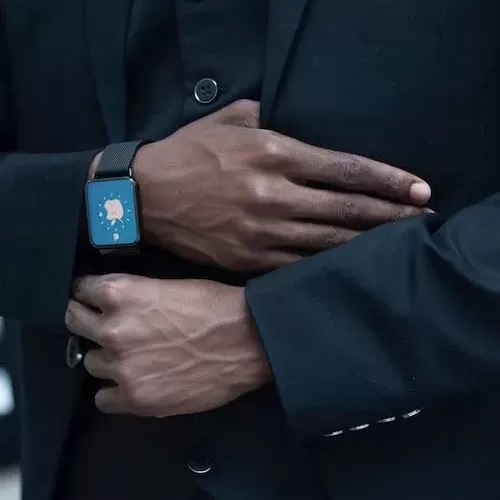The rise of RFID technology in wearables
Welcome to the exciting world of wearables, where fashion meets technology in ways that we could only dream of a few years ago. Among the many advancements, one technology has emerged as a game-changer, propelling wearables to new heights of innovation and functionality: Radio Frequency Identification, commonly known as RFID. In this blog, we'll explore the fascinating applications and possibilities of RFID in wearables, from tracking your fitness goals to enhancing your fashion-forward style. So, let's dive in and unlock the potential of this remarkable technology!
1. RFID in Fitness Tracking:
RFID-enabled wearables have simplified fitness tracking by integrating tiny RFID chips into fitness bands or clothing. These chips communicate with sensors, allowing real-time monitoring of vital signs such as heart rate, steps taken, and calories burned. By eliminating the need for cumbersome devices strapped to your body, RFID-enabled wearables provide a seamless fitness experience, ensuring accurate and convenient tracking of your progress.
Example : The Fitbit Charge 4 uses RFID technology to track heart rate, steps, and calories burned, providing accurate data for analyzing your fitness progress.
2. RFID in Fashion and Personalization:
RFID technology is revolutionizing the way we interact with fashion. Wearables such as jewellery, accessories, and clothing can be embedded with RFID chips, enabling personalized information to be stored. This information can trigger changes in colors, patterns, or even display personalized messages. Imagine a bracelet that changes color to match your mood or a handbag that displays your favorite quote. RFID-enabled wearables create a truly unique and interactive fashion experience, blending technology seamlessly with style.
Example: The Ringly smart ring is embedded with an RFID chip, allowing it to change colors and patterns based on personalized information stored in the chip.
3. RFID for Enriching Entertainment Experiences:
RFID technology has found its way into the realm of entertainment, enhancing experiences at music festivals, amusement parks, and live events. RFID-enabled wristbands or badges serve as tickets, allowing seamless entry without the need for physical passes. Additionally, these wearables can offer personalized recommendations, interactive games, and even cashless purchasing of merchandise and concessions. With RFID-enabled wearables, long lines become a thing of the past, and attendees can fully immerse themselves in the entertainment experience.
Example: At music festivals like Coachella, attendees are provided with RFID-enabled wristbands that act as tickets for entry, allowing for quick and convenient access to the event grounds. These wristbands can also be used to activate interactive experiences, such as sharing photos on social media or accessing exclusive content.
4. RFID for Personal Safety:
RFID technology plays a crucial role in empowering personal safety through wearables. For instance, smart jewelry or accessories embedded with RFID chips can act as panic buttons or emergency alert systems. By a simple touch or gesture, wearers can discreetly send distress signals to designated contacts or security personnel, enabling quick response and potentially preventing dangerous situations. RFID-enabled wearables provide individuals with an added layer of security and peace of mind, ensuring their safety in an increasingly connected world.
Example : The Revolar Instinct is a discreet wearable that incorporates an RFID panic button. By pressing the button, wearers can send distress signals to their pre-selected contacts, notifying them of their location and indicating the need for help.
5. RFID for Streamlining Payments and Access Control:
RFID-enabled wearables are transforming how we make payments and access secure areas. By integrating RFID chips into smartwatches, bracelets, or rings, wearers can make contactless payments at stores or events. These wearables can also grant access to restricted areas, eliminating the need for physical cards or keys. With the convenience of a simple tap or wave, RFID-enabled wearables provide seamless and secure payment and access control solutions.
Example : Disney's MagicBand, an RFID-enabled wristband, serves as a ticket to enter the theme parks and allows seamless cashless transactions for food, merchandise, and even hotel room access.
RFID technology has ushered in a new era of possibilities for wearables. RFID-enabled wearables have proven their worth across various industries. As technology continues to advance, we can expect even more innovative applications and exciting developments in the realm of wearables. So, embrace the power of RFID and unlock a world of endless possibilities with your next wearable device!
We hope you enjoyed this journey into the captivating realm of RFID technology in wearables. Share your thoughts and experiences with us in the comments below.


